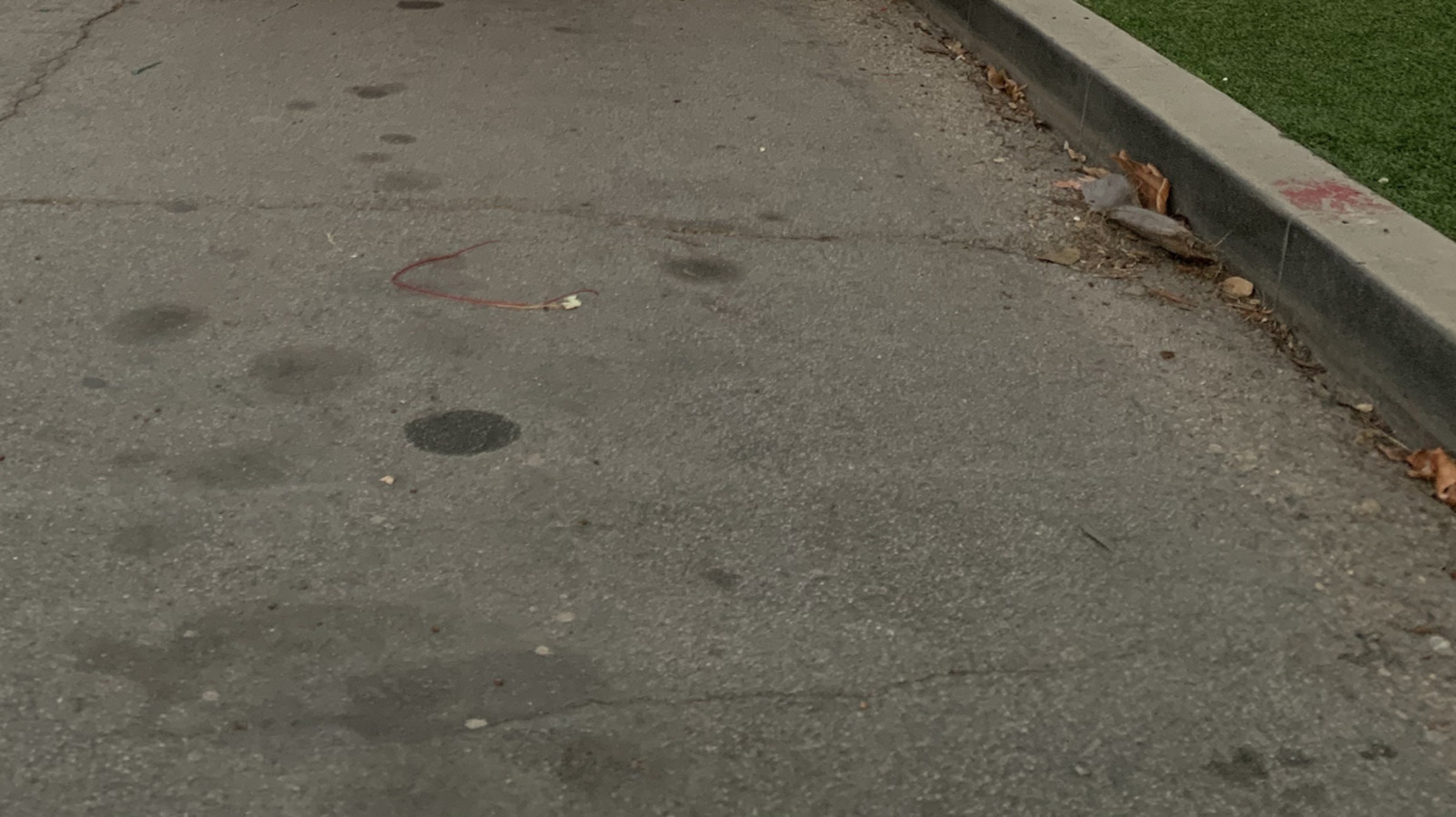California is facing an unexpected challenge: it’s about to run out of automatically generated license plate numbers. Yes, you read that right. The state known for its sprawling highways and vibrant car culture is nearing the end of its supply of standard license plate combinations. But don’t worry—there’s a straightforward solution that could keep the wheels turning smoothly.
What’s Happening with License Plate Numbers?
To understand the gravity of this situation, let’s dive into how California generates its license plates. The state uses a combination of letters and numbers to create unique identifiers for vehicles. With a finite number of combinations available, it was only a matter of time before they hit a wall. Experts estimate that California could exhaust its supply of standard license plate numbers sooner than anticipated, possibly within this year.
This isn’t just a bureaucratic hiccup; it has real implications for vehicle registration, law enforcement, and even the state’s revenue from vehicle-related fees. Imagine the chaos if drivers suddenly couldn’t get new plates when purchasing a car or renewing their registration.
What’s the Solution?
So, what’s the fix? Fortunately, California has a couple of options up its sleeve. The most immediate solution is to introduce new formats for license plates. This could involve adding more characters to the existing combinations or utilizing different letter-number arrangements. For instance, instead of the current seven-character format, the state could shift to an eight-character system, significantly expanding the pool of available combinations.
Another avenue is to encourage the use of specialty plates. California already offers a variety of personalized plates, which not only provide unique identifiers but also generate additional revenue for the state. By promoting these options, the state could alleviate some pressure on the standard plate system while giving drivers a chance to express their personalities.
What Does This Mean for Drivers?
For California drivers, this situation might seem a bit abstract, but it’s worth paying attention to. If you’re in the market for a new vehicle or need to renew your registration, it’s a good idea to stay informed about any changes the DMV might implement. The transition to new formats or an increased focus on specialty plates could affect wait times or availability.
Moreover, if you’ve ever considered getting a personalized plate, now might be the perfect time. Not only will you stand out on the road, but you’ll also be contributing to a solution that helps keep the state’s vehicle registration system running smoothly.
What’s Next?
As California navigates this challenge, it’s a reminder of how even the most routine aspects of life—like license plates—can have unexpected twists. The state’s ability to adapt and innovate in response to this situation will be crucial.
The big takeaway? California’s license plate dilemma isn’t about perfection—it’s about smarter adjustments. Whether it’s embracing new formats or encouraging personalized plates, these changes can keep the wheels of the Golden State turning. If you’re a driver, consider making a move this week—whether it’s renewing your registration or exploring specialty plates—and you’ll likely spot the difference by month’s end.


